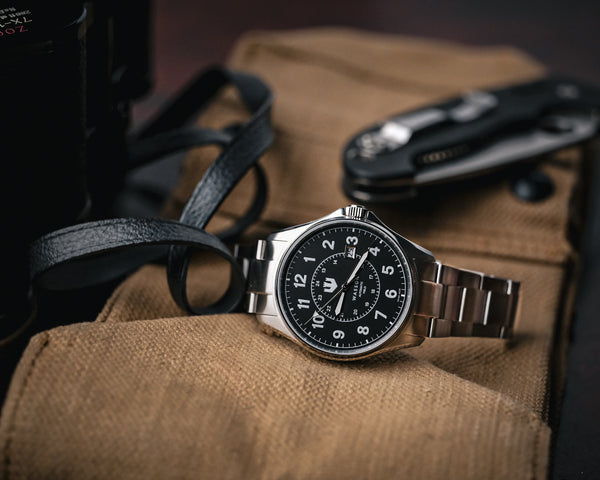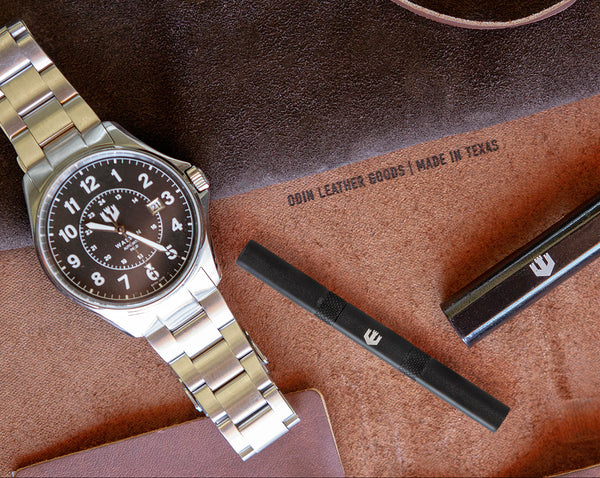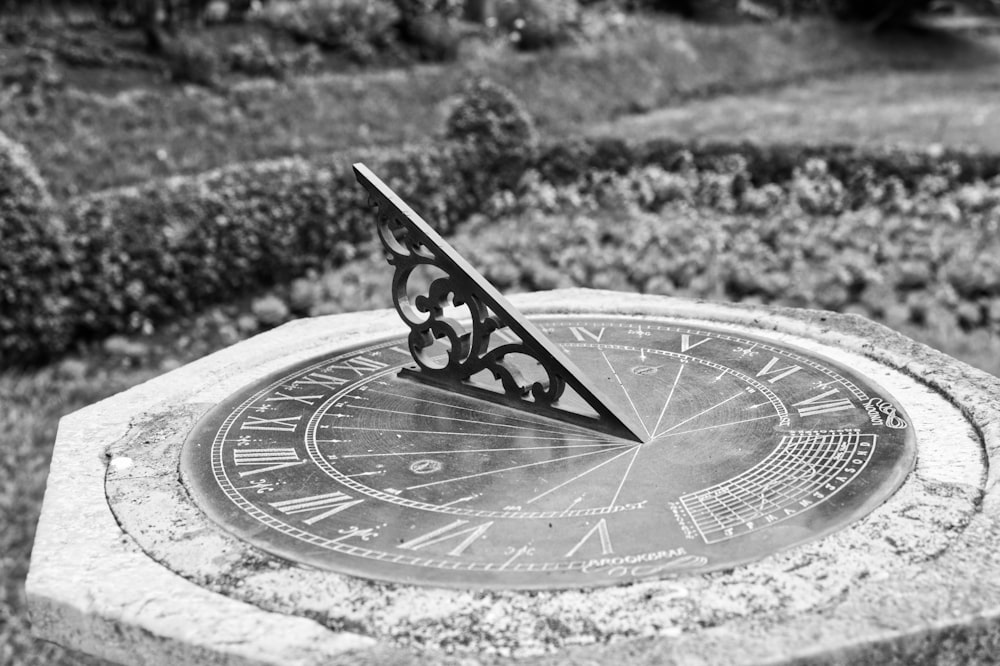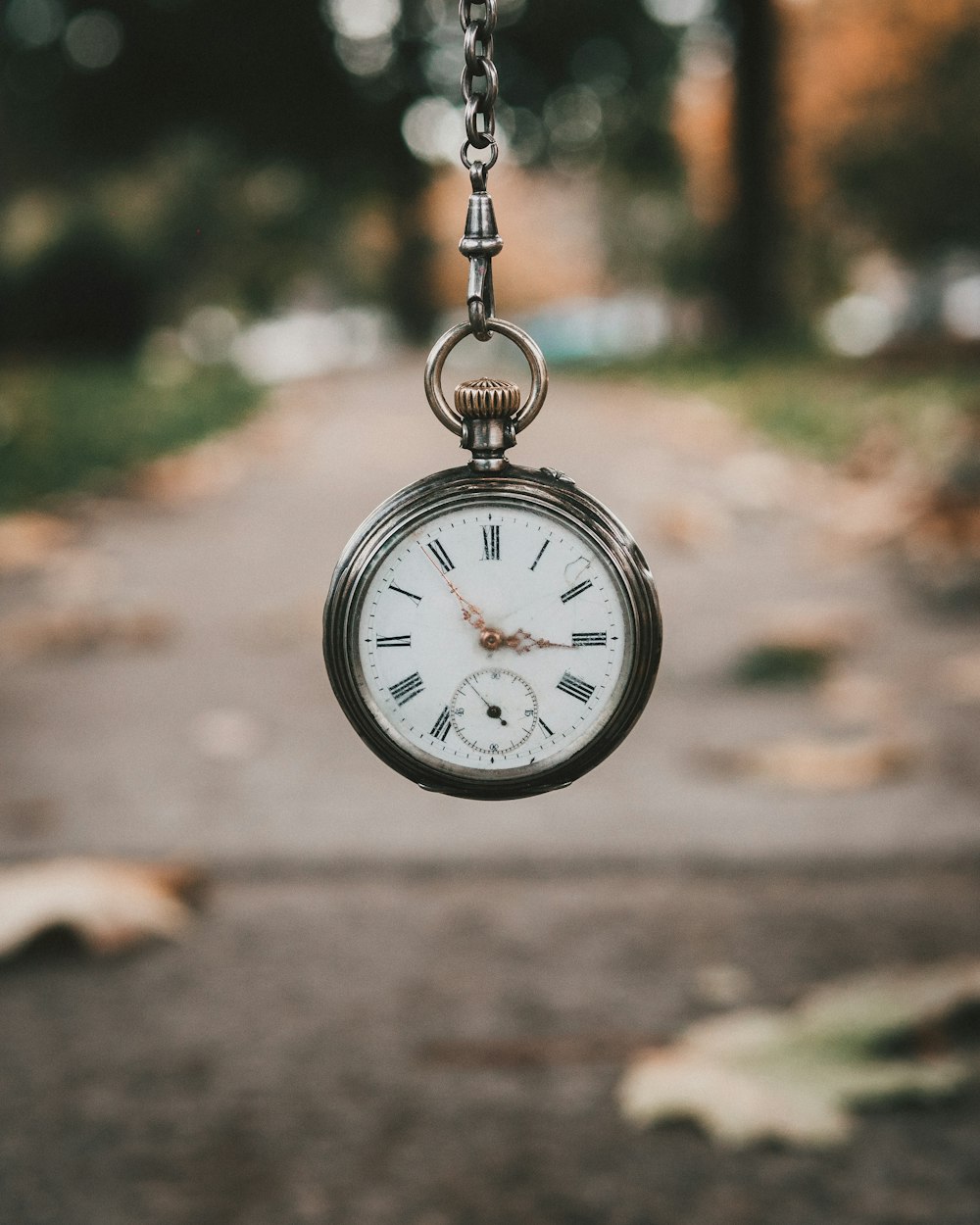
The History of Watches: From Sundials to Smartwatches
Watches have come a long way since their inception, with many technological advancements and design changes along the way. From their early beginnings as sundials to the modern-day smartwatches, the history of watches is a fascinating journey through time.
Sundials
The first time-keeping devices were sundials, which used the sun's position to determine the time of day. Sundials were developed in ancient civilizations such as Egypt, Greece, and Rome. They were usually made of stone or metal and had markings to indicate the hours of the day. The oldest known sundial was made in Egypt in around 1500 BC.
Water Clocks
Water clocks were developed around 1400 BC and used the flow of water to measure time. They consisted of a container with a small hole at the bottom, allowing water to escape at a constant rate. The container was marked with graduations to indicate the passage of time. Water clocks were used for centuries and were used to regulate the time in churches, town halls, and other public places. Like sundials, the oldest known water clock was made in Egypt. It dates back to around 1400 BC.
Mechanical Clocks
Mechanical clocks were first developed in Europe in the 13th or 14th century. These early clocks were powered by weights and used a pendulum to regulate the time. In the 17th century, the invention of the balance spring made it possible to make smaller, more accurate clocks. The invention of the mainspring in the 15th century made it possible to create portable clocks that could be carried in a pocket or on a chain.
Pocket Watches
Pocket watches were first produced in the 16th century. They were initially used by wealthy individuals and were often highly decorated with intricate designs. By the 19th century, pocket watches had become more affordable, and they were widely used by the middle class.
Wristwatches
The first wristwatch was invented in the late 19th century. They were initially worn by women as a piece of jewelry and were not widely accepted by men until after World War I. In fact, wristwatches were used out of necessity during trench warfare in Word War I, thus contributing to their post-war growth in popularity. Known as trench watches, these military-use watches can arguably be identified as the first field watches.
Wristwatches became more popular in the 1920s and 1930s and were produced in a variety of styles and designs.
Quartz Watches
Quartz watches were invented in the 1960s and revolutionized the watch industry. Quartz watches use a tiny crystal that vibrates at a precise frequency when an electric current is applied. This frequency is used to regulate the timekeeping mechanism. Quartz watches are more accurate than mechanical watches and are less expensive to produce.
Smartwatches
The latest development in the history of watches is the smartwatch. Smartwatches combine the functionality of a smartphone with the convenience of a wristwatch. They can track fitness data, send and receive messages, and even make phone calls. Smartwatches have become increasingly popular in recent years and are expected to continue to grow in popularity.
Conclusion
The history of watches is a long and fascinating journey through time. From the early sundials to the modern-day smartwatches, the development of watches has been driven by a desire for accuracy, convenience, and functionality. If you're looking for a reliable, durable, attractive timepiece that is packed with history, the Wasson Automatic Field Watch is the watch for you.




